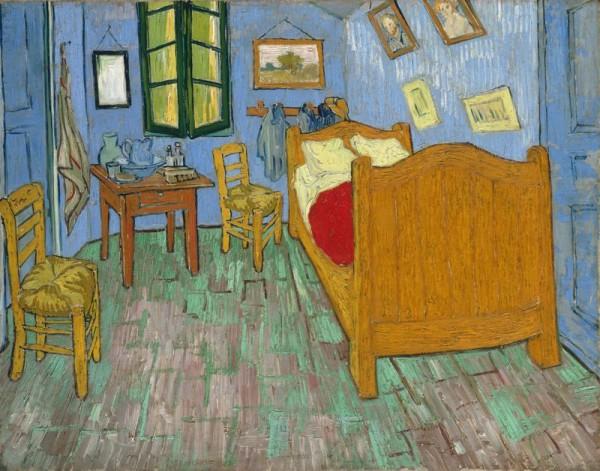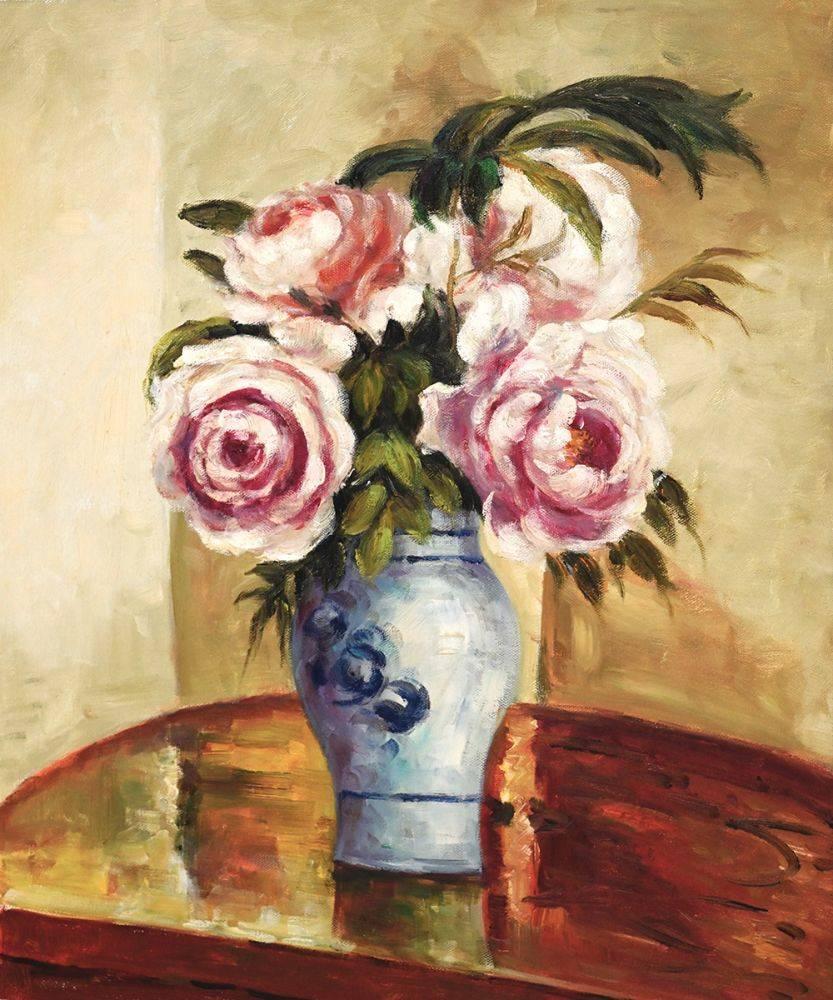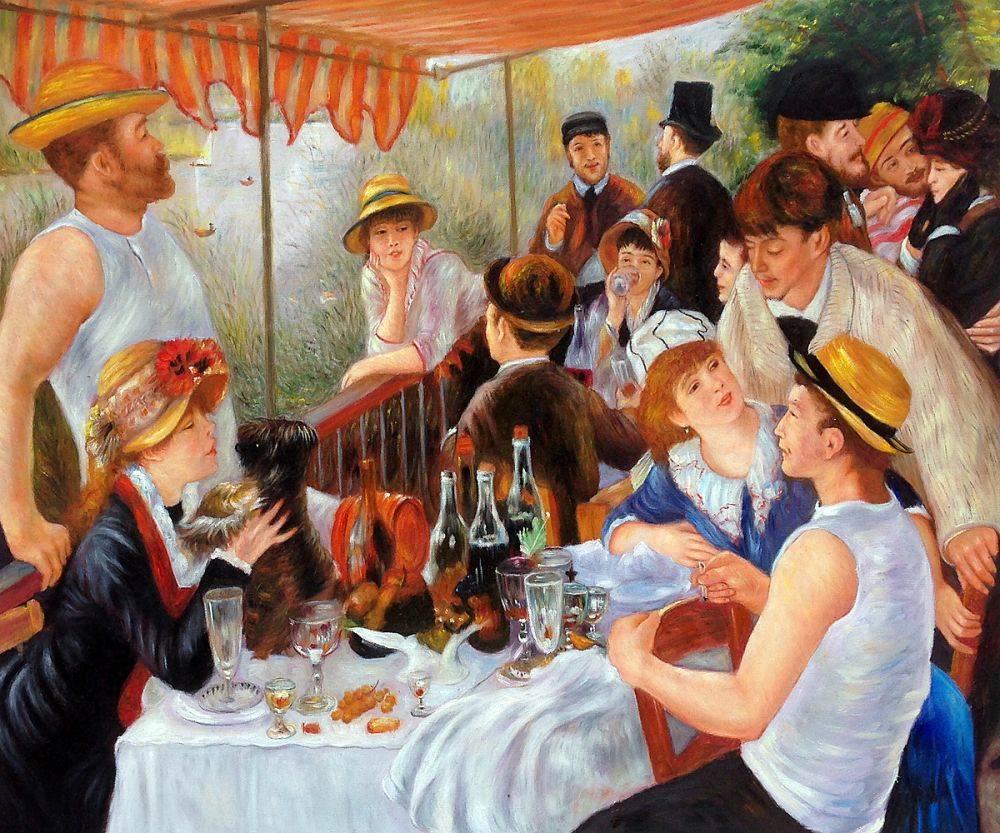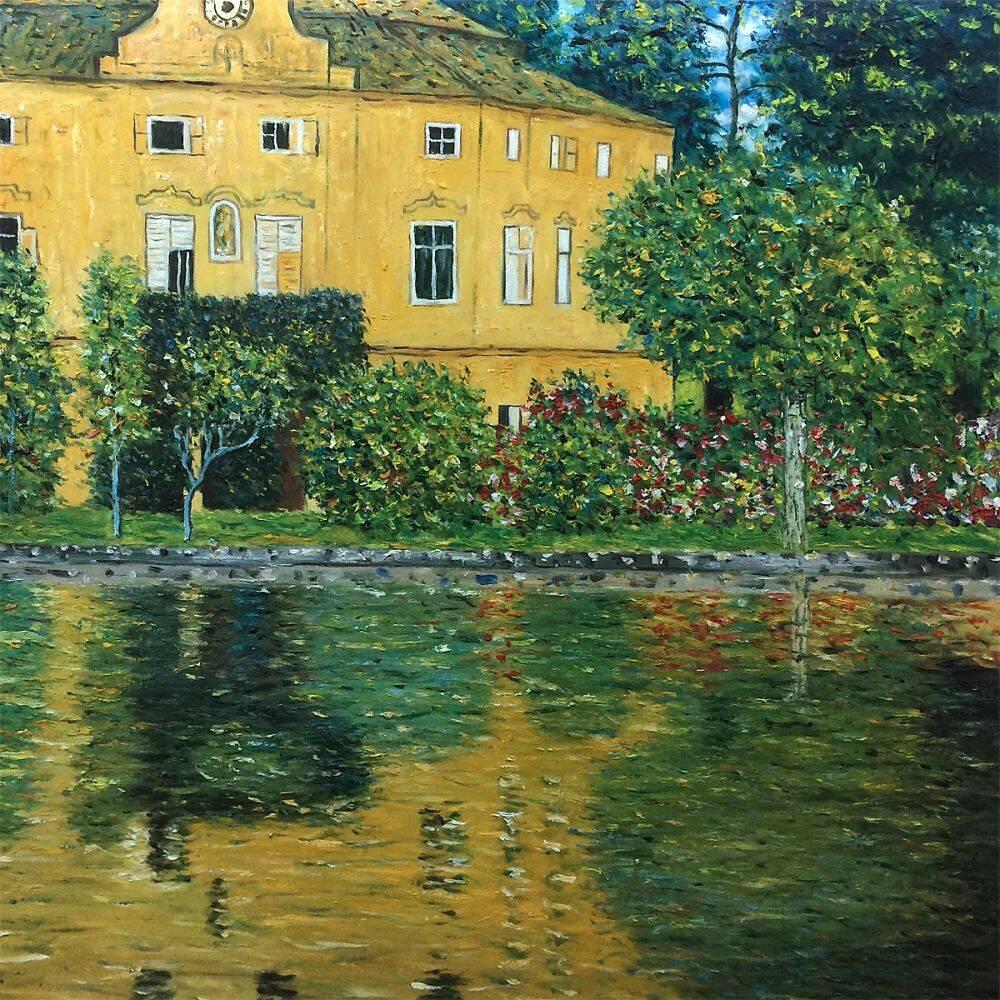Art
Restoration of Van Gogh’s Bedroom
A favorite of the post-impressionism era, Van Gogh’s Bedroom recently underwent a six-month renovation. The famous painting had been damaged by moisture in 1889 to Van Gogh’s dismay. The artist pressed newspaper to the work to protect it from further damage and sent it to his brother Theo in Paris. Art historian Ella Hendriks attempted not to restore the painting into a pristine condition, but rather to create a balance between preserving the work and allowing the original strokes of paint to show through as Van Gogh had intended.
The Bedroom and the Process of Restoration
The initial cleaning of the Bedroom revealed broad cracks where the canvas shrunk and pulled apart brittle paint. This damage was especially notable in the bedroom doors, painted in cobalt blue and zinc white. This is what Hendriks and the Van Gogh Museum believe that the artist must have seen when he returned to his Arles studio in 1889.
Hendriks discovered two points of white that had been painted over in a previous restoration. It seemed to be Van Gogh’s intention to show sunlight peering into the bedroom. Van Gogh suggested a glue paste to line the back of the work, and this was added to protect the piece. In 1931 this was repeated in a restoration by Traas. The paste seems to have contributed to the overall damage. Since the completion of the process of restoring the Bedroom, Hendriks is having similar difficulty with the dilemma of Van Gogh’s The Floor, also restored by Traas.
On September 6, Hendriks commented in the Van Gogh Museum blog that “…we prefer to show as much as possible of Van Gogh’s own paint. Furthermore, any such attempt would have a too speculative character. Instead, we will try to exploit modern technologies to digitally rejuvenate the color scheme of the painting in a computer image. This might give us an idea of how it could have looked when made.”
Van Gogh’s Life During Production of the Bedroom
1889 marks a fascinating time in Van Gogh’s ten-year career. It was then that he checked himself into an asylum in Saint-Remy for a year, producing 150 paintings, which are among his most remarked and appreciated works. It was also later in the year that Van Gogh would cut off part of his ear. Van Gogh’s Bedroom was produced from his own bedroom in what he called the Yellow House, in Arles, while he awaited the company of Gauguin. It was in 1888 that the artist had produced the work, in the south of France, where he was truly free to explore his work, away from the criticism and ideals of Paris.
Van Gogh died at age 37 from a self-inflicted gunshot wound after his release from the asylum. In the hospital, Van Gogh stated “When I saw my canvases again after my illness, what seemed to be the best was the bedroom.” Van Gogh may be seen as a haunting and talented artist, whose work pervades the heart of modernism. To add this work to your collection, please visit overstockArt.com.










